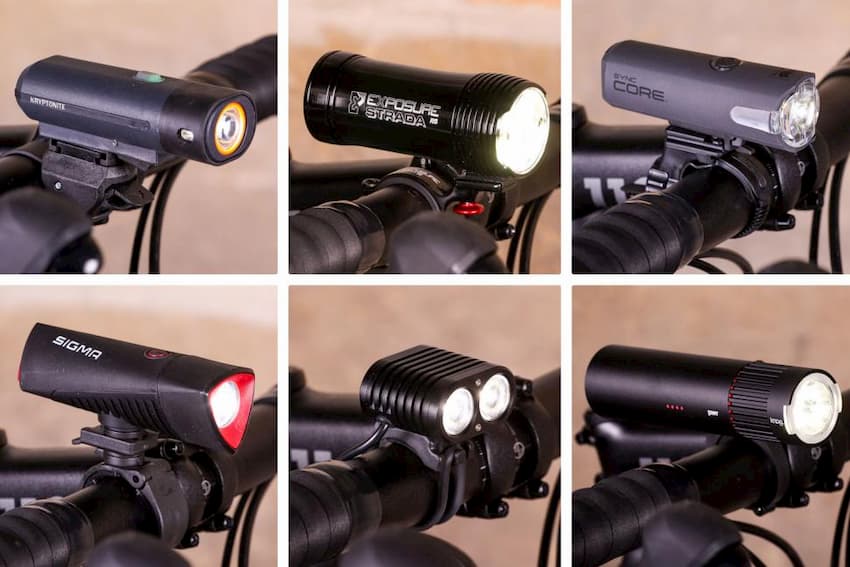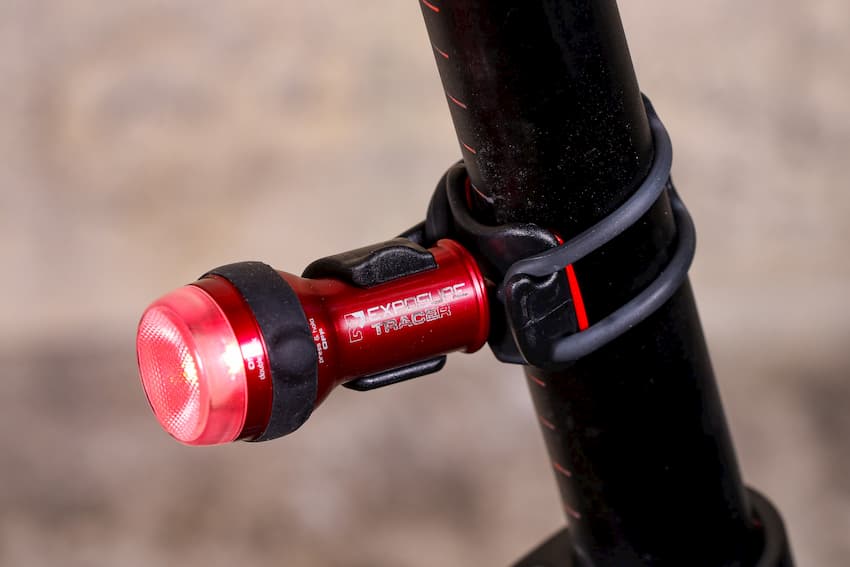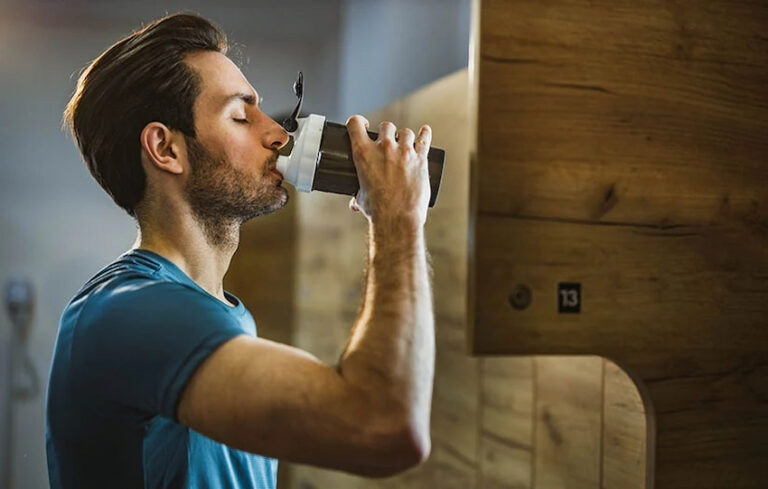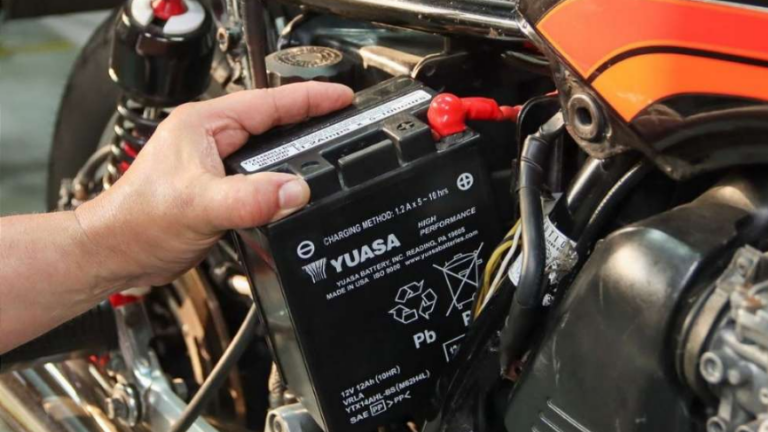The autumn and winter months in Australia are never the easiest time for bike commuters who have to contend with long hours of darkness, colder temperatures and increased rain. Keeping dry and warm is hard enough by itself, but keeping up with adequate bike lighting requires proper testing and reviewing every year. Additionally, the harsh environment we expect our bike lights to operate in can be tough for any electrical item, which is why getting appropriate lights for your bike is an absolute must. If you’re new to the world of bicycle lights, here’s what you can expect to find when browsing the internet or your local cycling store.
Front Bicycle Lights
If you’re looking for front bicycle lights, you need to carefully consider the type of night time riding you’ll be doing. If you’re going to ride around town, the main goal of the lights will be to make you seen by other people on the road. If you’re going to ride on poorly lit roads, then you’ll want lights that will help you see in front of you so that you can dodge the potholes, and see the corners before you get to them.

Thanks to advances in LED technology and lithium batteries, you can now find extremely powerful lights. However, if you’re going to ride around your neighbourhood or town, you shouldn’t get lights that are too bright, as you can blind road users that come from the opposite side of you. More powerful lights are likely to be more expensive and heavier, so they’re not worth the money if you don’t need them. However, if you’re going off the beaten trail, then you’ll definitely need something that’s powerful and rugged enough to withstand vibrations from the harsh off-road terrain.
Rear Bicycle Lights
Unlike front bike lights, rear bike lights haven’t seen much in terms of development. While most of them include the new, high-tech lithium-ion batteries, their lighting output has pretty much remained the same. This probably has to do with the fact that most manufacturers are content the 0.5 watt limit imposed by the industry for rear light brightness. However, this doesn’t mean that there are no technological developments whatsoever. Some rear lights can “sense” when you’re braking, and increase the lightness accordingly. These improvements have more to do with making you feel safe than the difference they make to the actions of the vehicles behind you. A model by a high-grade brand like Exposure lights or Cateye is usually USB rechargeable and features this sensing function.

Dynamo Lights
Dynamo lights have come a long way since the days of bottle dynamos and Sturmey Archer hub dynamos which regularly blew the filament bulbs and were never really appreciated. However, once big brands like Son and Shimano started making more efficient dynamos, it became law in Germany that all town bikes must have these types of lights. Modern dynamo systems made by brands like Busch & Muller now have powerful lights that work by pointing the LEDs back into the lamp shell towards the mirror which then re-directs the light through the lens. This results in lights that won’t dazzle other road users.

How to Fit Bicycle Lights
Bike lights, no matter whether conventional or rechargeable, are usually made so that you can easily remove them from your bike without having to use any tools. While this is due to security reasons, you may also have to remove them frequently to change or recharge the batteries. Most front lights are designed to sit just above the handlebars, but some riders prefer to have them hung underneath for extra handlebar space. Exposure lights come with a bracket that fixes to the centre handlebar clamp, and places the light well below and in front of the bar – away from your hands. This type of mount also protects the light in case of a tumble.
Rear lights, on the other hand, are typically clipped onto the seatpost, and you have to be mindful that they’re not obscured by low hanging bags and jackets. Some feature seat stay mounting options that sometimes work, but are usually not very secure, as the lamp can slip to point downwards, sideways, or just go into the spokes.
Dynamo lights are bolted onto your bike permanently, simply because they don’t require the replacement or recharging of batteries, and they have wires that can’t be moved once fitted. This is the same reason why dynamo lights are fitted onto the fork-crown, as that keeps the hub dynamo short and the lamp and wire away from the handlebars.
Unless you’re heading off the beaten trail, you have to consider how your lights affect other road users. You don’t want to get extremely powerful lights with over 500 lumens when you only need 50 to illuminate the immediate area in front of you so you can clearly see signs and incoming potholes.













